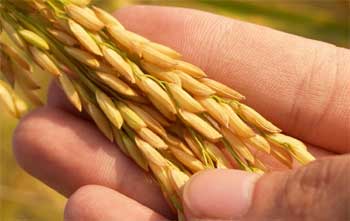INVC NEWS
New Delhi : The central government is contemplating the development of new HSN codes for select varieties of rice with the aim of enabling the export of those varieties that currently have limited domestic consumption. Currently, there exists a blanket ban on the export of all non-Basmati white rice varieties.
Initiatives by APEDA to Facilitate Rice Export
As per a presentation by the Agricultural and Processed Food Products Export Development Authority (APEDA), efforts are in progress to assign distinct HSN codes to rice varieties holding Geographical Indication (GI) status, such as red rice, black rice, and black salt rice.
Understanding HSN Codes in Global Trade
In the realm of global commerce, each product undergoes classification under an HSN code, an abbreviation for the Harmonized System of Nomenclature. This system plays a pivotal role in systematically categorizing goods across the world, thereby streamlining international trade processes.
Insights from the Ministry of Commerce
Rajesh Aggarwal, Additional Secretary in the Ministry of Commerce, has shed light on the presence of approximately 40-50 varieties of non-Basmati rice. When the government imposes export restrictions on certain varieties, it inadvertently halts the export of all rice types, including popular varieties like Sona Masoori, Govind Bhog, Kalanamak, or standard white non-Basmati rice. Aggarwal noted that the demand for a new HSN code for certain rice varieties stems from industry stakeholders, and the internal deliberations revolve around how to effectively differentiate these varieties.
Addressing the Need for New HSN Codes
The discussion surrounding the necessity for new HSN codes for specific rice varieties underscores the importance of striking a balance between trade interests and domestic consumption patterns. It reflects a broader effort to navigate the complexities of international trade regulations while ensuring that valuable agricultural produce finds its place in global markets.












